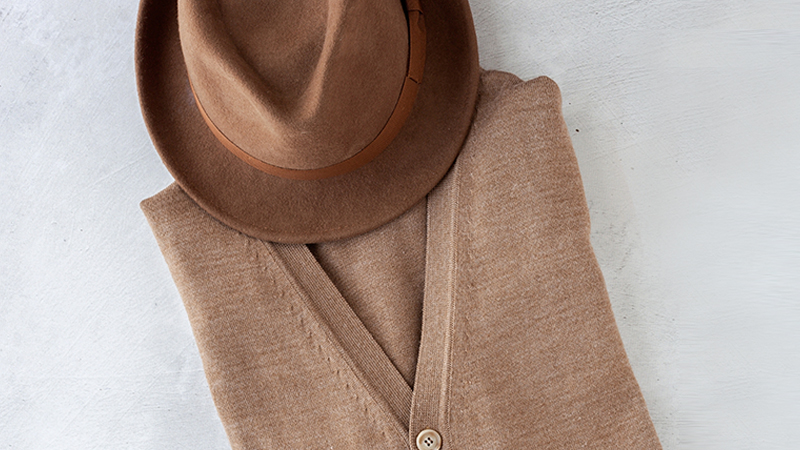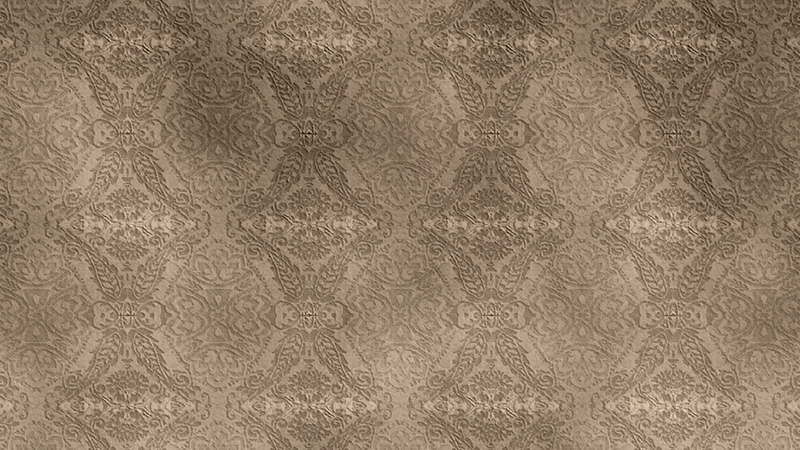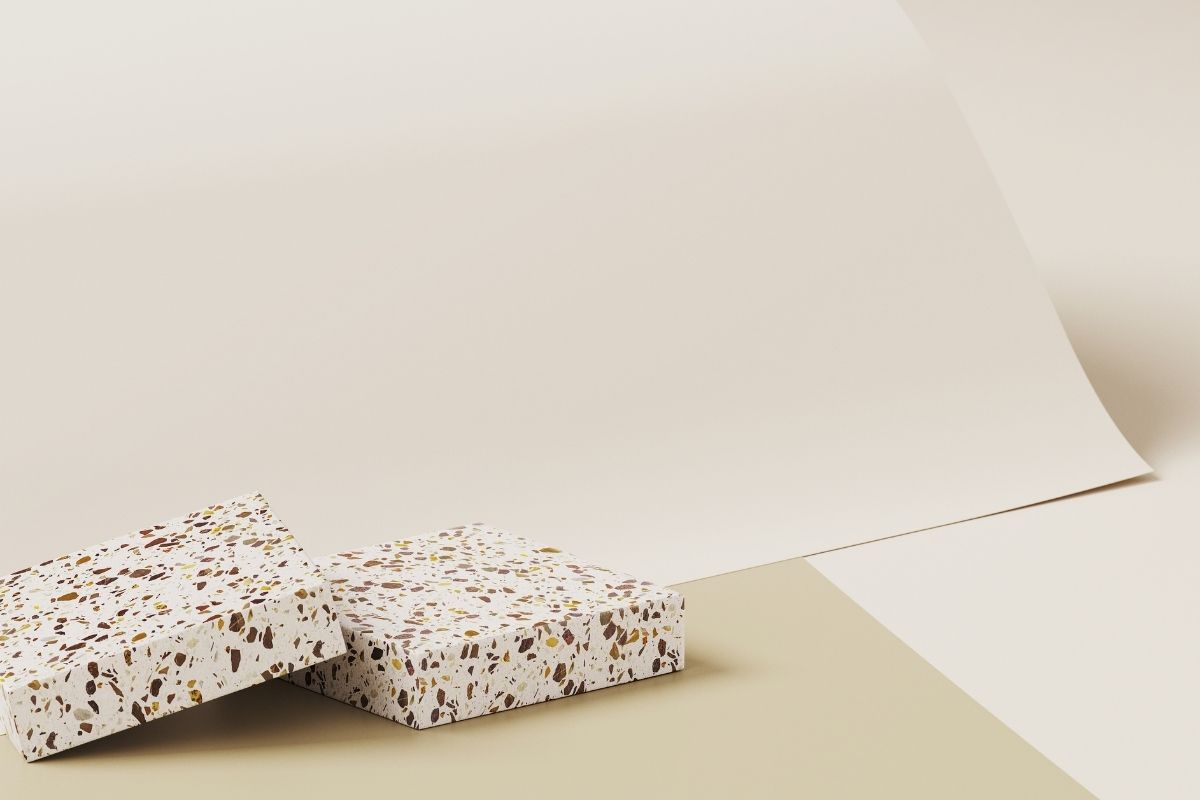What Colors Make Taupe?
In this article, we talk about what colors make Taupe and about the color Taupe.
Taupe is one of those hues that is tough to describe and create. It’s a simple neutral that works well as a foundation and a subtle accent color for those who want conventional aesthetics and a warm atmosphere in their homes.
It’s not quite brown, but not quite gray, either; it’s somewhere in between.
You’ll learn what colors form taupe, and what hue it is in this post. Continue reading for more information.
What Color Is Taupe?

Taupe is a color that falls between dark brown and gray, with characteristics of both hues.
However, taupe does not refer to a single shade; instead, it refers to a broad spectrum of colors ranging from dark tan to brownish gray.
Taupe is a neutral color; neutrals are made by blending complementary shades to produce blueish-brownish colors or mutes.
Taupe colors are made by combining umber and white pigment. It’s included in a color range for home décor, and most interior designers like to pair it with hues that keep it from feeling flat or lifeless.
What Colors Make Taupe?
As we said above, taupe falls somewhere between dark brown and gray and doesn’t represent a single hue. It’s best for portraying a wide range of shades, from drab tan to brownish gray.
Since neutrals and nudes have been all the style in fashion, taupe has resurfaced. In fact, it’s not only seen on catwalks and in-house interiors but it’s also regarded as classy. #483C32 is the hexadecimal code for taupe.
Hex #483C32 comprises 28.2 percent red, 23.5 percent green, and 19.6 percent blue in an RGB color space (made up of three color combinations for red, green, and blue).
Hex #483C32 comprises 0% cyan, 17% magenta, 31% yellow, and 72% black in a CMYK color space, also known as process color, or four colors, and used in color printing. Taupe has a 27.3-degree hue angle, an 18 percent saturation, and a 23.9 percent lightness.
How to Make a Taupe Paint?
Start with the three primary colors, red, blue, and yellow. Because the subsequent color will be used to tint white, you’ll need a tiny and equal amount of each primary color to make taupe.
You’ll get a dark brown tint after combining the primary colors. The color will change depending on the type of gouache you choose and if your primary colors are warm or cool.
Next, add some white paint or Bleed Proof White to the mix. This product is excellent since it has great mistiness and texture.
Once well combined, your darker mud will begin to take on the color of a café latte. After adding water and mixing your paint, start the stream-flow test.
How to Use Taupe in Design
Taupe provides an appropriate foundation for combining the stylish elements of modern style designs with the cozy aspects of classic designs.
So, how can you use this hue to make your interior design stand out from the crowd?
On Walls

First, you may experiment with a paint or wallpaper pattern to observe how the taupe hue affects your space. In a manner, it’s reasonable to say that every room benefits from this color’s inherent warmth and elegance.
Taupe can complement your interior design regardless of its style, whether traditional or modern, by catching the light.
This hue doesn’t trap gloom in the environment and adds a level of glitz that white tones can’t match.
In Flooring
When you combine a taupe floor with white decor and equally white walls, it will appear as if all these components have been combined into one.
Colorful carpets and other decorative objects may be added to a neutral-colored canvas to make them stand out.
Ceramic tiles, as well as wood, can readily complement taupe hues. While ceramic is suitable for usage throughout the home, it produces the most outstanding results in the kitchen or as bathroom flooring.
That is unless you have used wood in your living room, which has a softer feel than porcelain. You may create the ideal contemporary style by combining it with minimal furnishings and color contrast.
The Meaning Behind Taupe
Taupe may represent elegance, humility, dignity, maturity, gracefulness, and simplicity.
The neutral color’s timeless appeal makes it aesthetically adaptable; taupe can enrich a modern room just as readily as it can create the basis for a classic one.
Like variations in most colors, differences in taupe may be found and then deliberately employed in interior design for maximum impact.
Deeper taupe hues will create a warmer, more dramatic, and inviting ambiance. Colors that are muted or pale taupe will make you feel more restrained, roomy, or obscure.
The Bottom Line
Taupe is a color that may be used in a variety of ways. When you mix other colors with taupe, you’ll get softer copies of the colors that lack the intensity of the originals.
Read Latest Posts

Hi, I'm Anthony Tran! Welcome to my site. I live in Arizona and am obsessed with all things related to building an Online Business and working from home. Learn about my journey here.
Follow Online




